Round and Green: Testing Michelin's 42% Sustainable Materials Tire
The biggest difference between Michelin's most sustainable tire yet and its more conventional rubber is that there's no difference. That's the lesson I'm learning while braking hard into the notorious turn 11 at Sonoma Raceway in Northern California in the fastest track machine ever made: A rental Ford Explorer.
Michelin has brought me to Sonoma to showcase its sustainability efforts and let me sample some of the results of those efforts on real pavement. Forty-two percent of the materials used to make the tires on this Explorer are sustainable, either recycled or renewable. That's double the sustainable content of the outwardly identical Primacy tire that this Explorer wore when it left Ford's Chicago Assembly Plant.
Reducing Environmental Impact
Tires are an obvious target when it comes to reducing the impact on the environment. Every car or truck has at least four, they're designed to wear out, and are so difficult to dispose of that they're known for ending up in large piles that occasionally end up in fires so prolific that they're identified by name.
Michelin said that around 200 materials go into every tire it makes. But not all have the same impact and are not used in the same quantities.
Natural rubber is the main material used in tires. It makes up around one-fifth of a passenger vehicle tire and more than one-third of a commercial truck tire. It's sourced from the rubber tree, much like maple syrup but at a larger scale. It's already sustainable, sort of. I'll get back to that.
Steel is the next major component, used in the bead of the tire and the belts that give the tire its strength. Michelin Group Technical Communication Director Cyrille Roget said this was "one of the easy ones" to replace because it's sourced from an outside vendor. The company just asks for recycled steel.
Another important ingredient is butadiene, which is turned into synthetic rubber. It's normally sourced from oil, but Michelin has a demonstration plant that can create bio-butadiene using ethanol, which is sourced from biomass.
Some materials you would think of as renewable actually aren't. At least not on the timescale Michelin is looking at. Silica, for example, comes from sand. Rocks are constantly being crushed into sand through a natural process, but it can take hundreds or thousands of years. So the company is instead sourcing the silica needed for tires from crushed rice husks because it says that renewable has to mean renewable within a person's lifespan—dozens of years, not hundreds.
Putting it to the Test
I'm testing the 42 percent sustainable material tire on the just repaved 2.5 miles of the Sonoma Raceway. It's not exactly representative of your normal daily commute, but when the experience is combined with some laps around the track in cars with more conventional Michelin tires, it's easier to get some insight.
The short of it is this: If Michelin hadn't repeated dozens of times that these tires were different, then none of us would have known.
Michelin's Primacy A/S is what we would call a boring tire. It's a stock fitment for the Explorer, and it comes with a 90,000 km (55,000 mile) treadwear warranty if you buy one for your own ride. It's one I have plenty of experience with on new vehicles, and it's quiet, stable, and efficient.
That's the standard Primacy A/S. The one with 42 percent sustainable materials is exactly the same.
Sure it's silent on the track's fresh pavement, but it's also only minimally noisy when I drive onto the track's rumble strips. The tire is stable at race track high speeds, and tread noise stays minimal even at 50 percent over the highway speed limit. It was predictable in heavy braking, and didn't roll over and play dead in even the most aggressive corner entrances (I was willing to try in a Ford Explorer).
The tire's most impressive attribute was its lack of wear. I was in the final group of the day, meaning that the Explorer I drove had spent an entire afternoon being hammered around the Sonoma track by drivers of extremely varied skill levels. The tire had zero signs of tread damage or the shoulder scrubbing wear that you would expect from a touring tire subjected to this level of abuse. I've seen performance tires look worse after a single session of autocross. However, that's a trait of the model, not exclusive to these prototypes.
Not Quite Ready for Sale Yet
Michelin said these tires are prototypes, which is why we're not on the road, but the whole thing is ready for mass production. The company just needs to get enough supply and hopes to do that very soon. We were told that every sustainable material used in this tire is ready for mass production next year.
But if you go looking for a tire badged as sustainable you won't find one. In a move that I'm sure the marketing team hates, Michelin isn't doing special models. The materials will, quite simply, be used in its tires without fanfare.
The company's goal is for the entire lineup to average 40 percent sustainable materials by 2030 and 100 percent by 2050. There won't be a fancy Green-line badge or a new model line name or anything like that. Instead, your tires will just have a lower eco-footprint.
That is in line with how Michelin treats its electric vehicle tires. The company said it is currently on seven out of 10 new EVs, but it only makes one tire with EV in the name. Instead, the company calls them "EV ready." Because the same features like low rolling resistance that are good for an EV are good for most every other vehicle too.
Katelyn Margetson, VP for Michelin NA's consumer products, said this was a response to tires being so technical. With an entire portfolio of tires that are more sustainable (or EV ready), she said that customers can focus on their specific needs instead of compromising. Needs like durability, ultimate performance, or winter traction.
About Sourcing That Rubber
Now, back to natural rubber and its sustainability. The rubber industry is notorious for deforestation and causing a loss of biodiversity. It also has ethical issues including the use of child labour.
In 2016, Michelin signed an agreement with the WWF to become the first tire maker to commit to responsible rubber sourcing. The company hasn't reached its goal yet. Michelin supply chain VP George Kurian said that the company continues to work on it, but could not tell me how close the company is or when it expects to reach its target.
"The reason we're trying to do that is to ensure that we work with the communities that are actually tapping rubber, to ensure that they are fairly paid and that we ensure that their livelihood is sustained." He said that 85 percent of natural rubber is produced by six million small farmers, not large producers, which is part of the problem.
Michelin has been at the top of the tire game for more than 130 years. It developed the removable pneumatic tire, the first run-flat, the radial, and even the low rolling resistance tire. Now the automaker is at the forefront of tire sustainability, and my admittedly brief drive suggests that the company will not get tired of making better tires. Of course, hitting 42 percent sustainable was relatively easy and accomplished largely with two materials. The rest will be a much bigger challenge.
Become an AutoGuide insider. Get the latest from the automotive world first by subscribing to our newsletter here.
Evan moved from engineering to automotive journalism 10 years ago (it turns out cars are more interesting than fibreglass pipes), but has been following the auto industry for his entire life. Evan is an award-winning automotive writer and photographer and is the current President of the Automobile Journalists Association of Canada. You'll find him behind his keyboard, behind the wheel, or complaining that tiny sports cars are too small for his XXXL frame.
More by Evan Williams




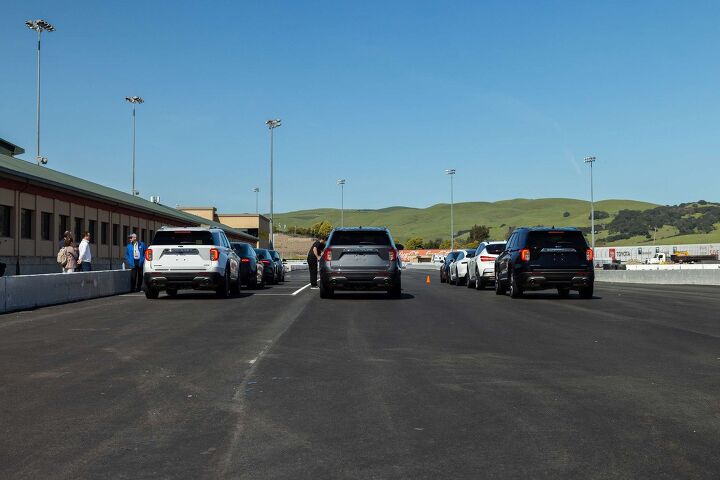















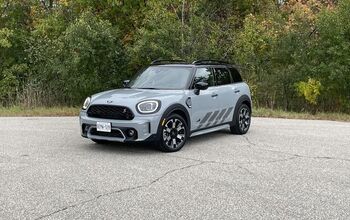
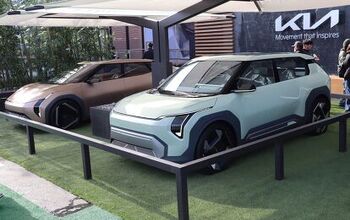
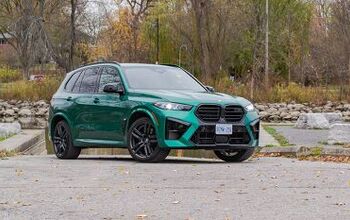




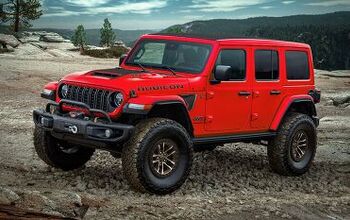


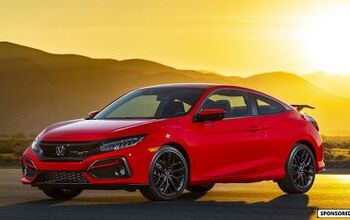
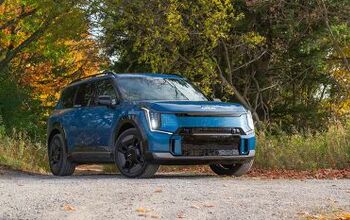


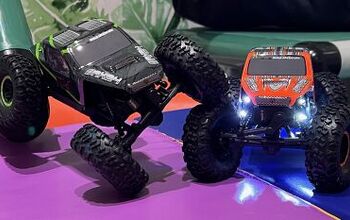
Comments
Join the conversation